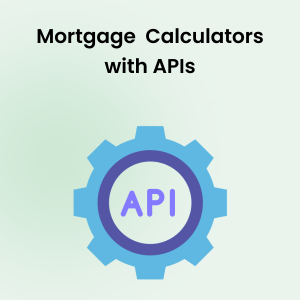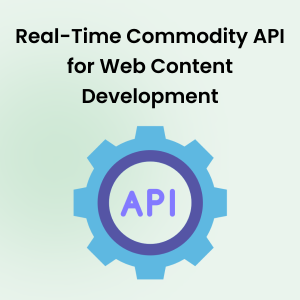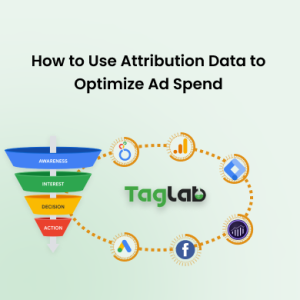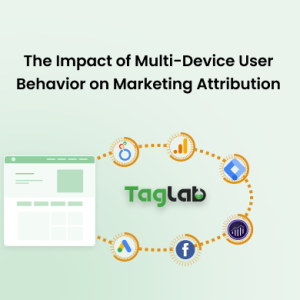Your cart is currently empty!
Visitor Recency Rate Metric Definition
Posted by:
|
On:
|
Visitor Recency Rate measures how recently visitors have returned to a website, reflecting the frequency and timeliness of their engagement. This metric helps businesses understand how often their site attracts repeat visits within a given period, which can be crucial for websites that rely on regular engagement, such as news sites, blogs, and e-commerce platforms. A high Visitor Recency Rate indicates that visitors are frequently returning to the site, suggesting relevance and value.
Detailed Explanation
What is Visitor Recency Rate?
Visitor Recency Rate represents the proportion of visitors who have returned to a website within a specific timeframe, such as within the past week or month. It provides insights into the recency of user interactions with the site, highlighting the frequency with which visitors are engaging with the content. High recency rates are often associated with high user interest and engagement.
How it Works?
Visitor Recency Rate is calculated using the following formula:
Visitor Recency Rate = (Visitors Who Returned Within the Period / Total Unique Visitors) x 100
This formula provides the percentage of visitors who have returned within a chosen timeframe, helping businesses monitor engagement and adjust content or marketing efforts based on recent activity levels.
Types of Visitor Recency Insights
- Daily Recency Rate: Tracks visitors who return daily, providing insights into highly engaged audiences.
- Weekly Recency Rate: Measures the percentage of visitors who return each week, useful for sites with weekly content updates.
- Monthly Recency Rate: Shows the proportion of visitors returning each month, helping to understand longer-term engagement patterns.
Illustrative Scenarios
Examples
- A news website calculates its weekly Visitor Recency Rate by dividing 5,000 visitors who returned within the week by 20,000 total unique visitors, resulting in a recency rate of 25%.
- An e-commerce site tracks monthly recency to assess repeat engagement with seasonal sales, finding a recency rate of 30%, indicating regular engagement with promotional content.
Segmentation
Visitor Recency Rate can be segmented by source, device, or demographic factors to gain insights into which visitor groups are returning more frequently. For example, businesses can analyze whether recency rates are higher among users referred by email marketing compared to social media ads.
Factors Influencing Visitor Recency Rate
- Content Update Frequency: Sites with frequently updated content often experience higher recency rates as users return for new information.
- User Experience (UX): A seamless, enjoyable user experience encourages visitors to return, impacting recency rates.
- Value Proposition: Providing valuable, relevant content or services that meet users’ needs can increase return visits.
- Marketing Engagement: Retargeting campaigns, newsletters, and notifications can remind users to revisit the site.
- Personalization: Tailored content or product recommendations can make the site more appealing, boosting recency rates.
Strategies to Improve Visitor Recency Rate
- Update Content Regularly: Publish fresh, relevant content to give users a reason to return frequently.
- Enhance User Experience: Improve navigation, loading times, and mobile responsiveness to create a better experience.
- Use Retargeting Campaigns: Remind visitors to return with targeted ads or email marketing.
- Personalize User Experience: Use data to tailor content and recommendations, making the site more relevant for visitors.
- Offer Exclusive Benefits: Provide incentives for repeat visits, such as discounts, rewards, or exclusive content.
Benchmark Indicators
Understanding Visitor Recency Rate benchmarks by industry helps businesses evaluate their engagement and set realistic goals for timely return visits:
- Technology Industry: Visitor Recency Rate benchmarks typically range from 15% to 30%, reflecting regular engagement with SaaS or tech news platforms.
- Healthcare Industry: Visitor Recency Rate benchmarks range from 20% to 35%, especially for wellness content or telehealth platforms.
- Financial Services: Visitor Recency Rate generally ranges from 25% to 40%, particularly for subscription-based financial tools or content sites.
- E-commerce: Visitor Recency Rate benchmarks range from 10% to 25%, influenced by engagement with promotions and product updates.
- Education Sector: Visitor Recency Rate can range from 25% to 45%, influenced by recurring visits to online courses or educational resources.
- Media and Publishing: Visitor Recency Rate benchmarks range between 30% to 50%, especially for news and content-driven platforms.
Tools for Measuring Visitor Recency Rate
- Analytics Platforms: Tools like Google Analytics and Mixpanel track returning visitors, aiding in Visitor Recency Rate calculation.
- CRM Systems: Platforms like Salesforce and HubSpot help track user engagement metrics, providing insights into visitor recency.
- Engagement Tools: Software like Mailchimp or Intercom can track user interactions with newsletters or notifications, indicating recency levels.
Common Pitfalls and Mistakes
- Focusing Only on Total Visitors: Prioritizing total visitors without considering recency metrics can lead to missed opportunities for engagement.
- Ignoring Content Quality: Failing to produce relevant, high-quality content can result in lower recency rates.
- Overlooking User Experience: Poor UX or navigation issues can discourage repeat visits, impacting recency.
- Not Segmenting Visitors: Failing to analyze recency by segment can make it difficult to identify areas for targeted engagement efforts.
- Neglecting Personalization: Generic content or recommendations can reduce relevance, making visitors less likely to return.
Frequently Asked Questions
What is Visitor Recency Rate?
Visitor Recency Rate measures the percentage of visitors who return to the site within a specific timeframe, indicating how recently users are engaging with the site.
Why is Visitor Recency Rate important?
Visitor Recency Rate is important because it shows how often users are returning, reflecting engagement and the site’s ability to keep users interested.
How can I improve my Visitor Recency Rate?
To improve Visitor Recency Rate, update content regularly, enhance UX, use retargeting, personalize experiences, and offer exclusive benefits for returning users.
What factors influence Visitor Recency Rate?
Factors influencing Visitor Recency Rate include content update frequency, UX quality, value proposition, marketing engagement, and personalization efforts.
What are good benchmarks for Visitor Recency Rate?
Good benchmarks for Visitor Recency Rate vary by industry, with rates above 25% considered good, while rates below 15% suggest a need for improved engagement strategies.



